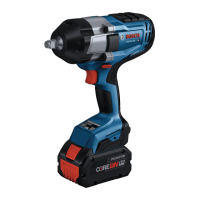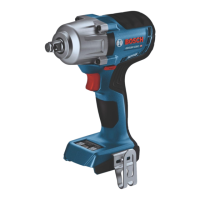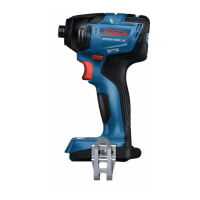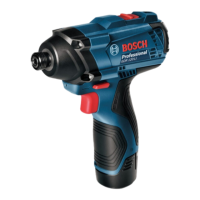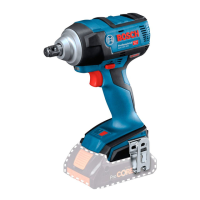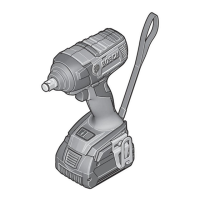14
Connectivity
installation. If this equipment does cause
harmful interference to radio or
t
elevision reception, which can be
determined by turning the equipment off
and on, the user is encouraged to try to
correct the interference by one or more
of the following measures:
• Reorient or relocate the receiving antenna.
• Increase the separation between the equipment
and receiver.
• Connect the equipment into an outlet on a
circuit different from that to which the receiver
is connected.
• Consult the dealer or an experienced radio/TV
technician for help.
“Exposure to Radio Frequency (RF)
Signals: The wireless device is a radio
transmitter and receiver. It is designed
and manufactured not to exceed the
emission limit for exposure to radio
frequency (RF) energy set by the
Ministry of Health (Canada), Safety Code
6. These limits are part of
comprehensive guidelines and
established permitted levels of RF
energy for the general population.
These guidelines are based on the safety
standards previously set by international
standard bodies. These standards
include a substantial safety margin
designed to assure the safety of all
persons, regardless of age and health.
This device and its antenna must not be
co-located or operating in conjunction
with any other antenna or transmitter.
Industry Canada
This device complies with Industry
Canada licence-exempt RSS standard(s).
Operation is subject to the following two
conditions:
(1) this device may not cause
interference, and
(2) this device must accept any
interference, including interference that
may cause undesired operation of the
device.

